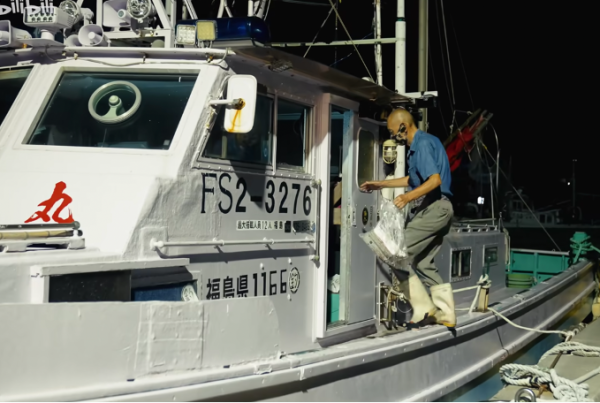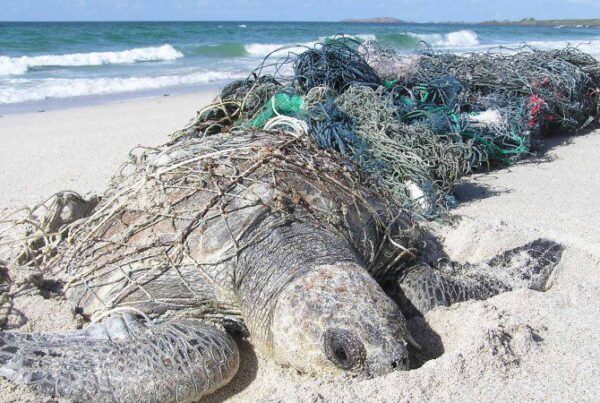The History of Marine Animals project (HMAP) measured the number of marine animals taken from the ocean over centuries of fishing and whaling activity.
The History of Marine Animals project (HMAP) measured the number of marine animals taken from the ocean over centuries of fishing and whaling activity. HMAP researchers gleaned historic data from available log books, national archives, taxation records, maps and even cookbooks. Not all catches were documented or declared and historic data about the marine animal populations of several regions is not yet available). Nevertheless, HMAP’s research reveals a pattern of unrelenting, human predation on marine animals that paused only for the world wars (Reid 2023).
Even without fossil-fuel powered technologies, pre-industrial fishers significantly impacted marine life just using wind power, drift nets and lines (Holm et al. 2010, 9). By the middle ages commercial fisheries in Europe were already well established. (Starkey, Smith, and Barnard 2011, 4). Across the northern hemisphere, the extraction of marine animals intensified to feed growing European and North American populations and economies, and to satiate consumer trends.[1] In the northern hemisphere, targeted fish populations in the 1600s were ten times more abundant than in the 1950s and had already significantly declined by the 1800s (Holm et al. 2010, 9)). Here is a selection of other historic catch levels across the northern hemisphere:
Notes
[1] For example, consumption of marine animals increased in part because of the religious practices of eating fish on certain weekdays and during the forty days of Lent, which lasted well into the seventeenth century (Starkey, Smith, and Barnard 2011, 4).
References
Holm, Paul, Anne Husum Marboe, Bo Poulsen, and Brian R. MacKenzie. 2010. “Marine Animal Populations: A New Look Back in Time.” In Life in the World’s Oceans, 1–24. John Wiley & Sons, Ltd. https://doi.org/10.1002/9781444325508.ch1.
Lotze, Heike K., and Boris Worm. 2009. “Historical Baselines for Large Marine Animals.” Trends in Ecology & Evolution (Amsterdam) 24 (5): 254–62. https://doi.org/10.1016/j.tree.2008.12.004.
Reid, Susan. 2023. “Stirring and Deranging: Oceanic Energy Relations and Extractivism.” Environmental Humanities (Under consideration).



